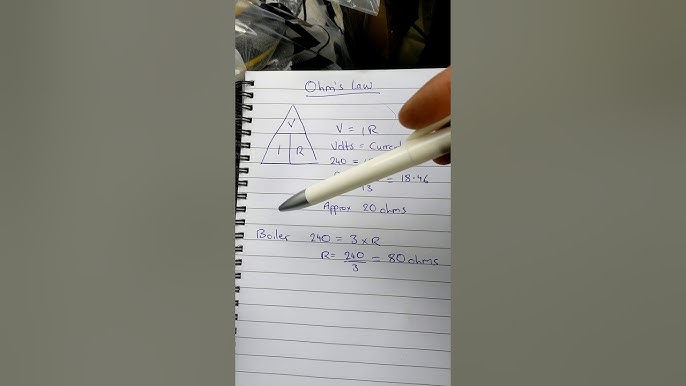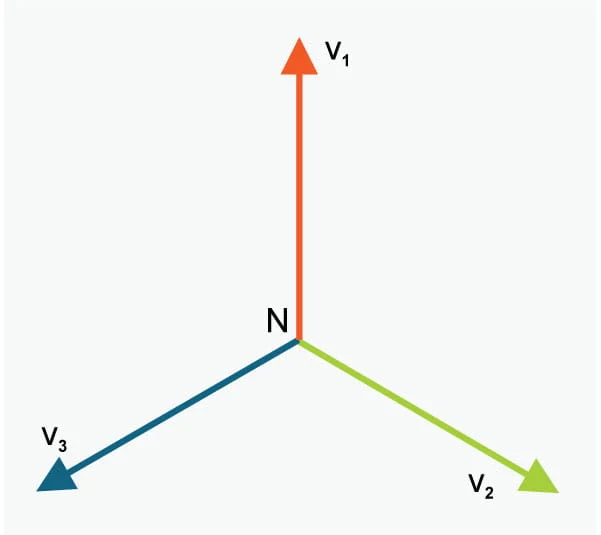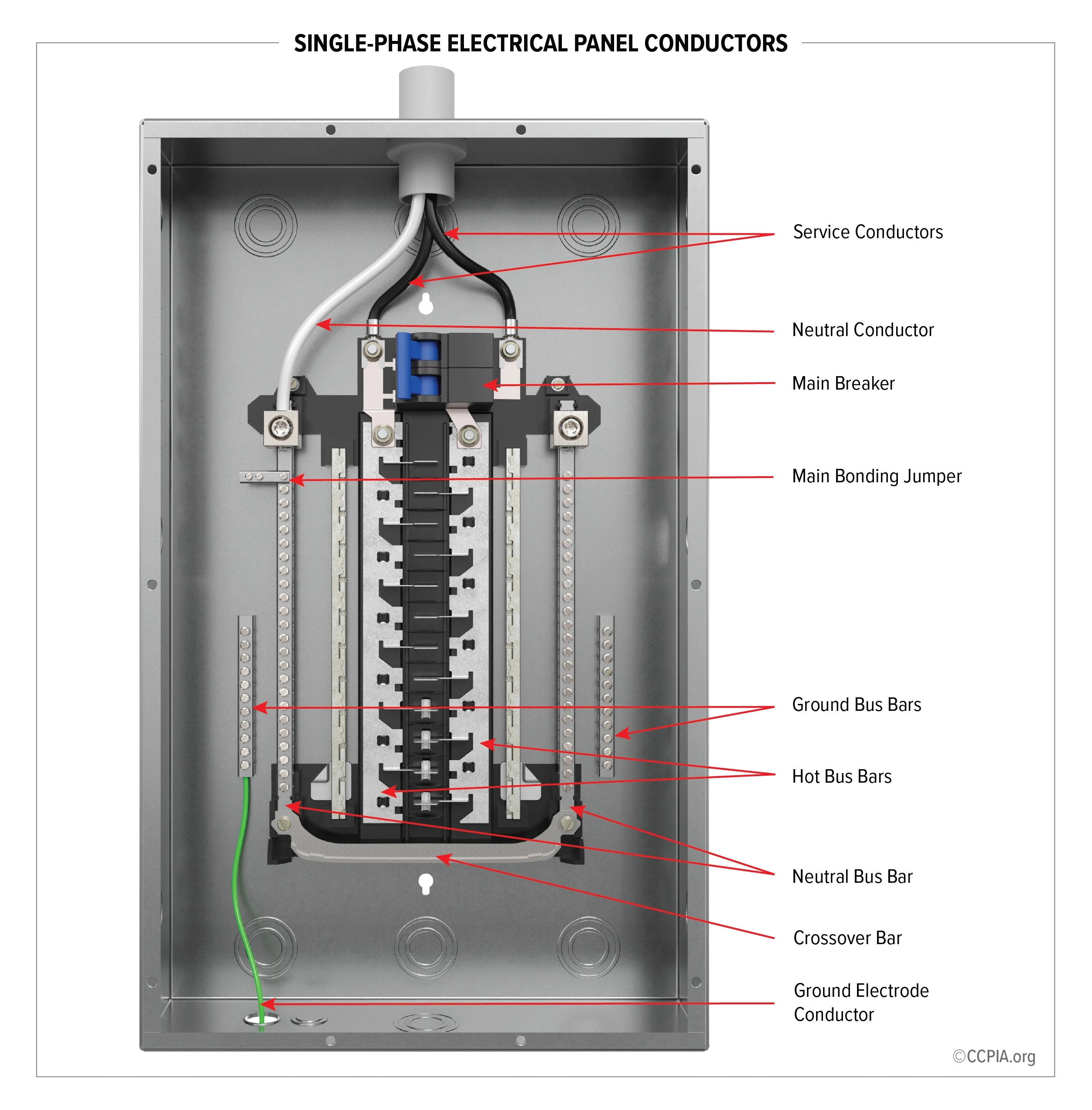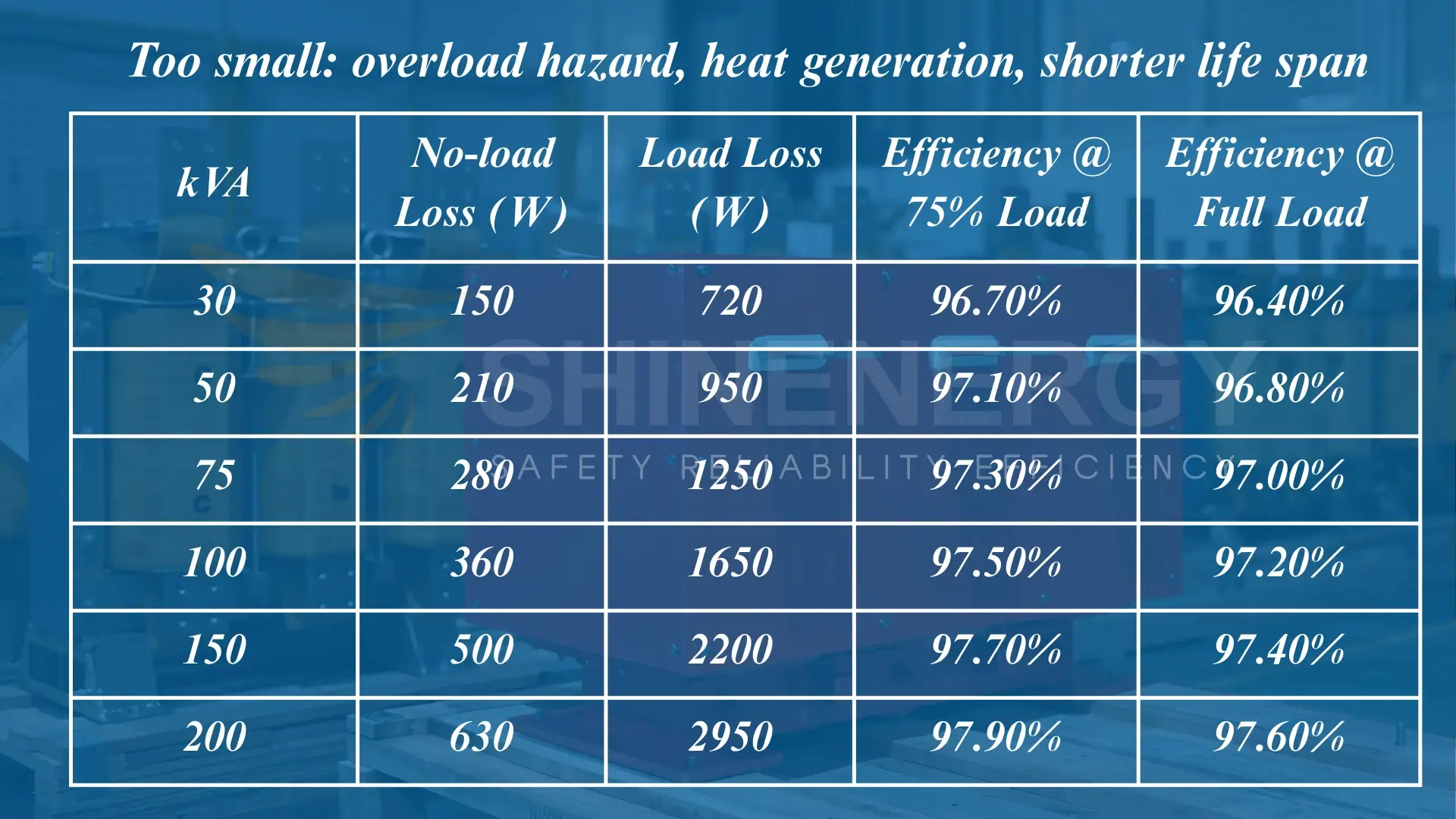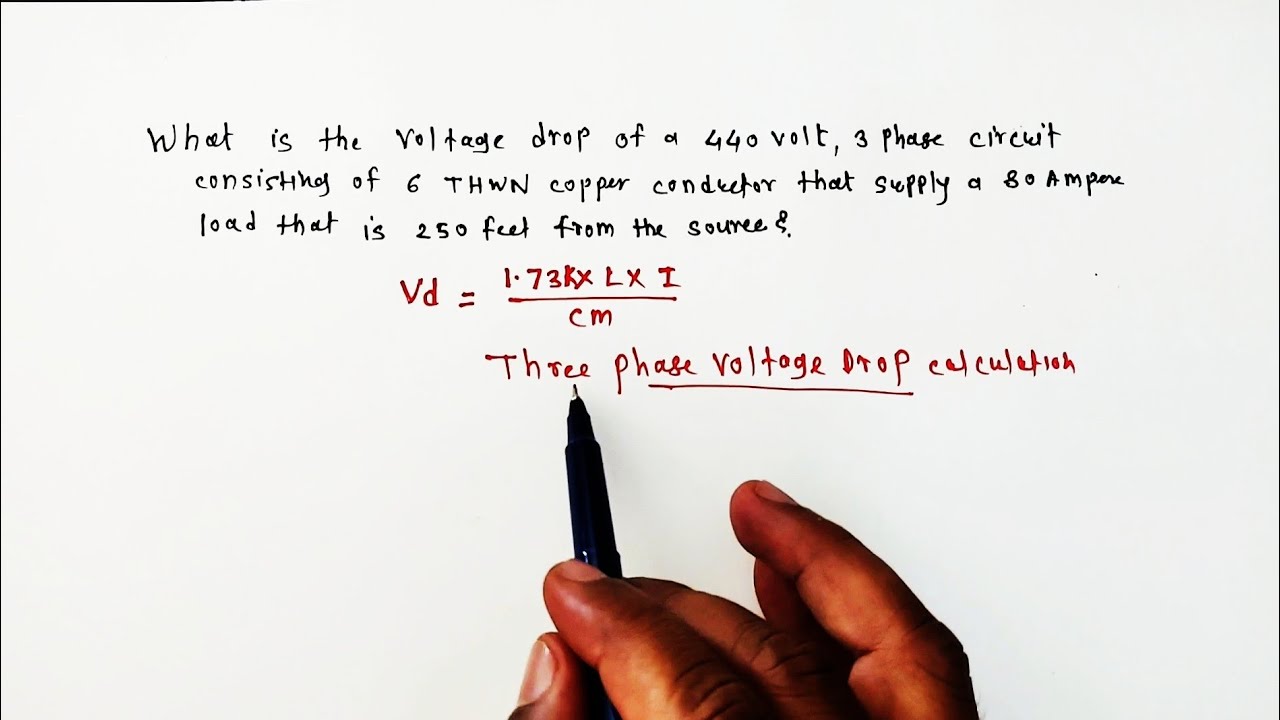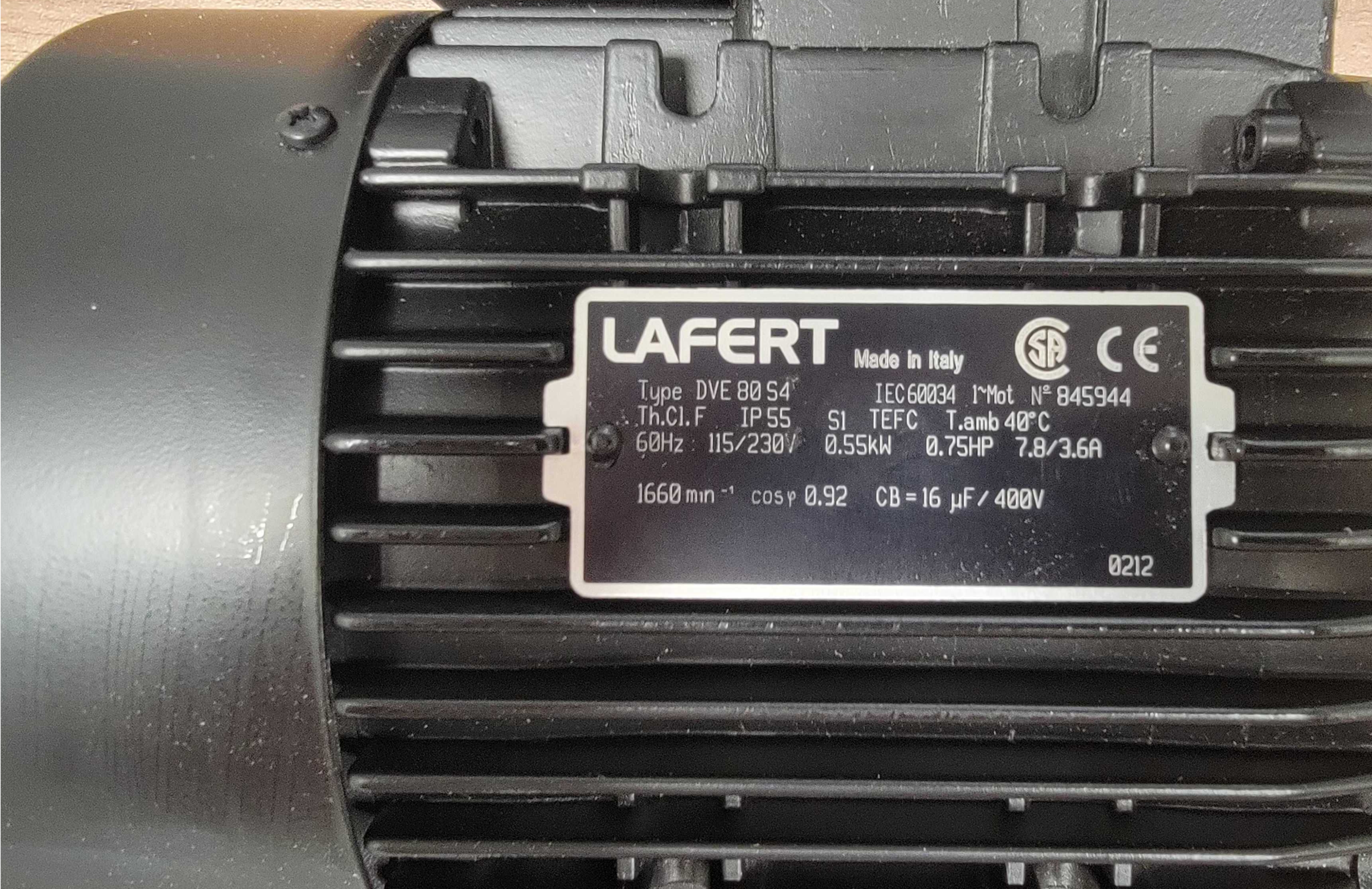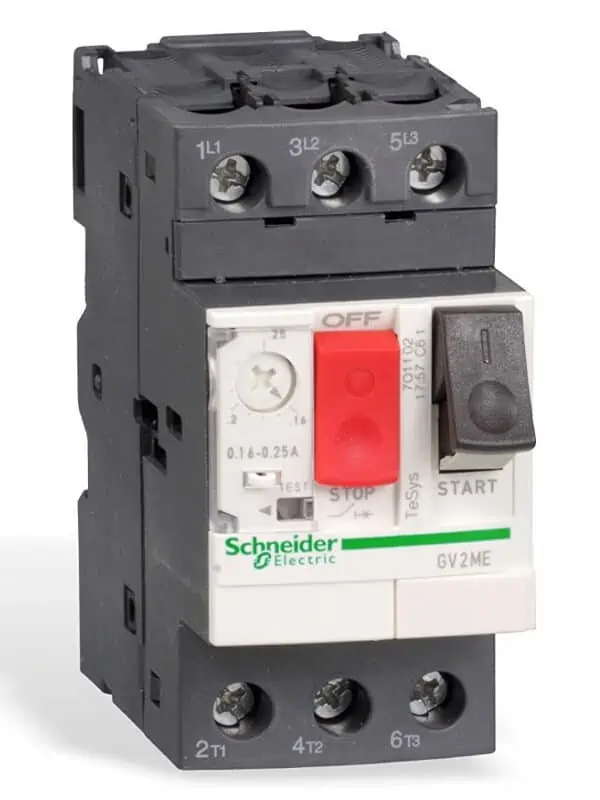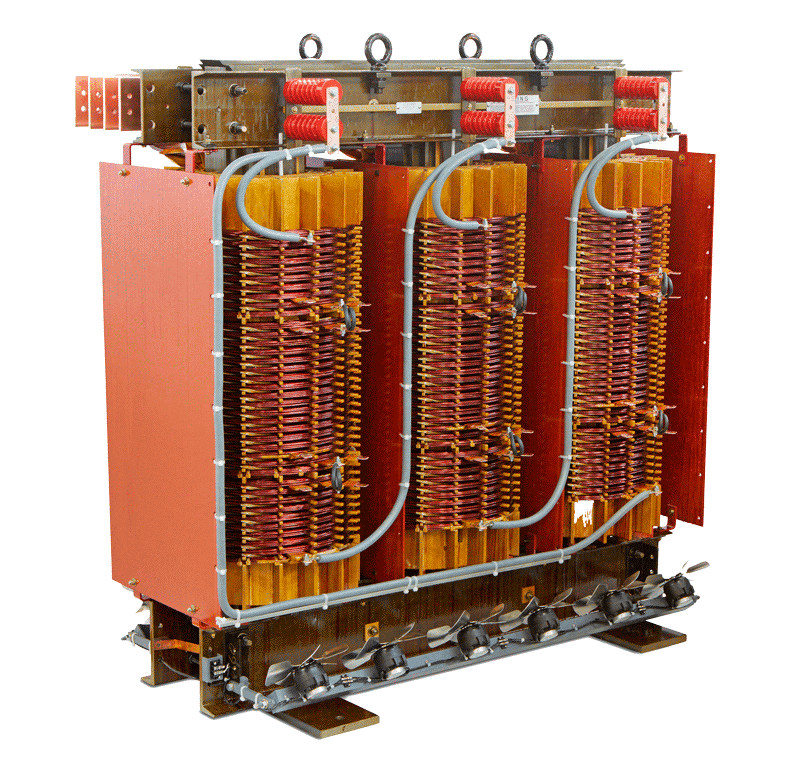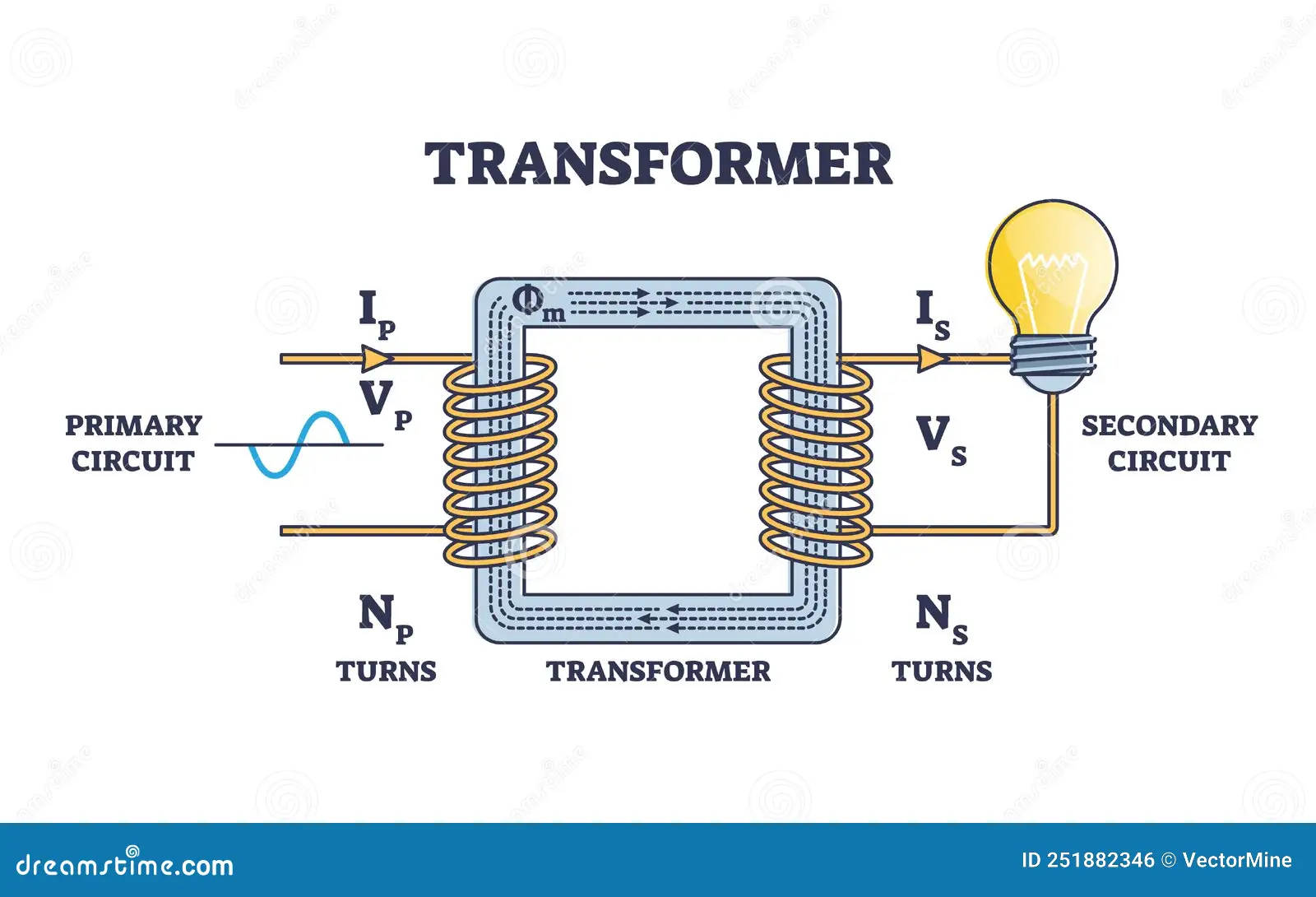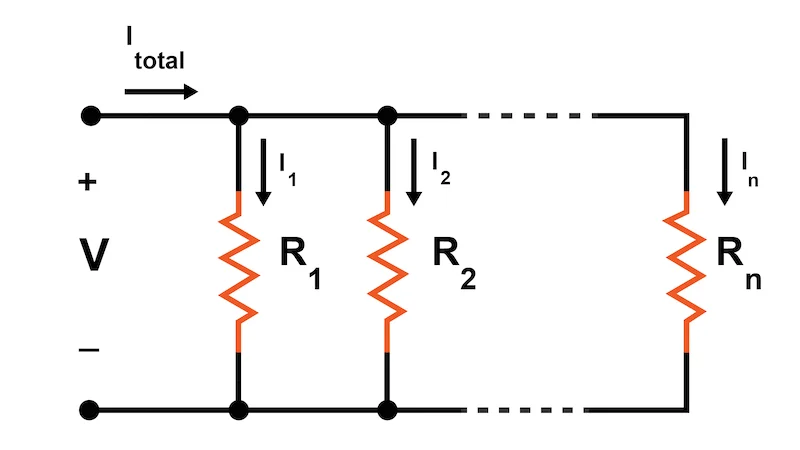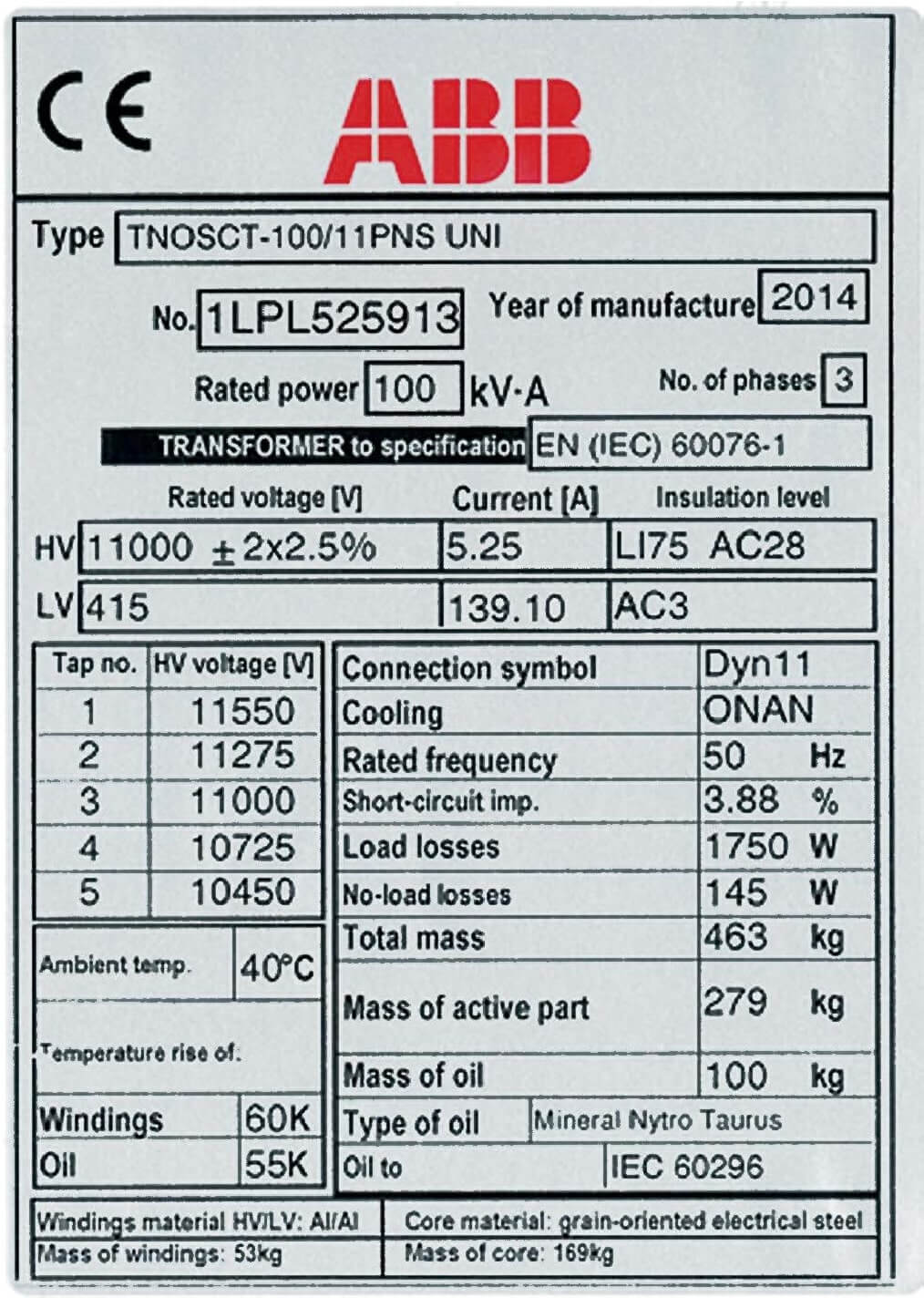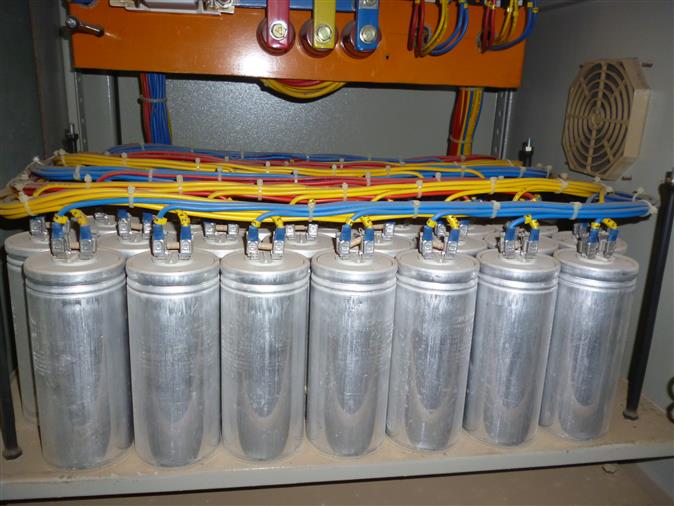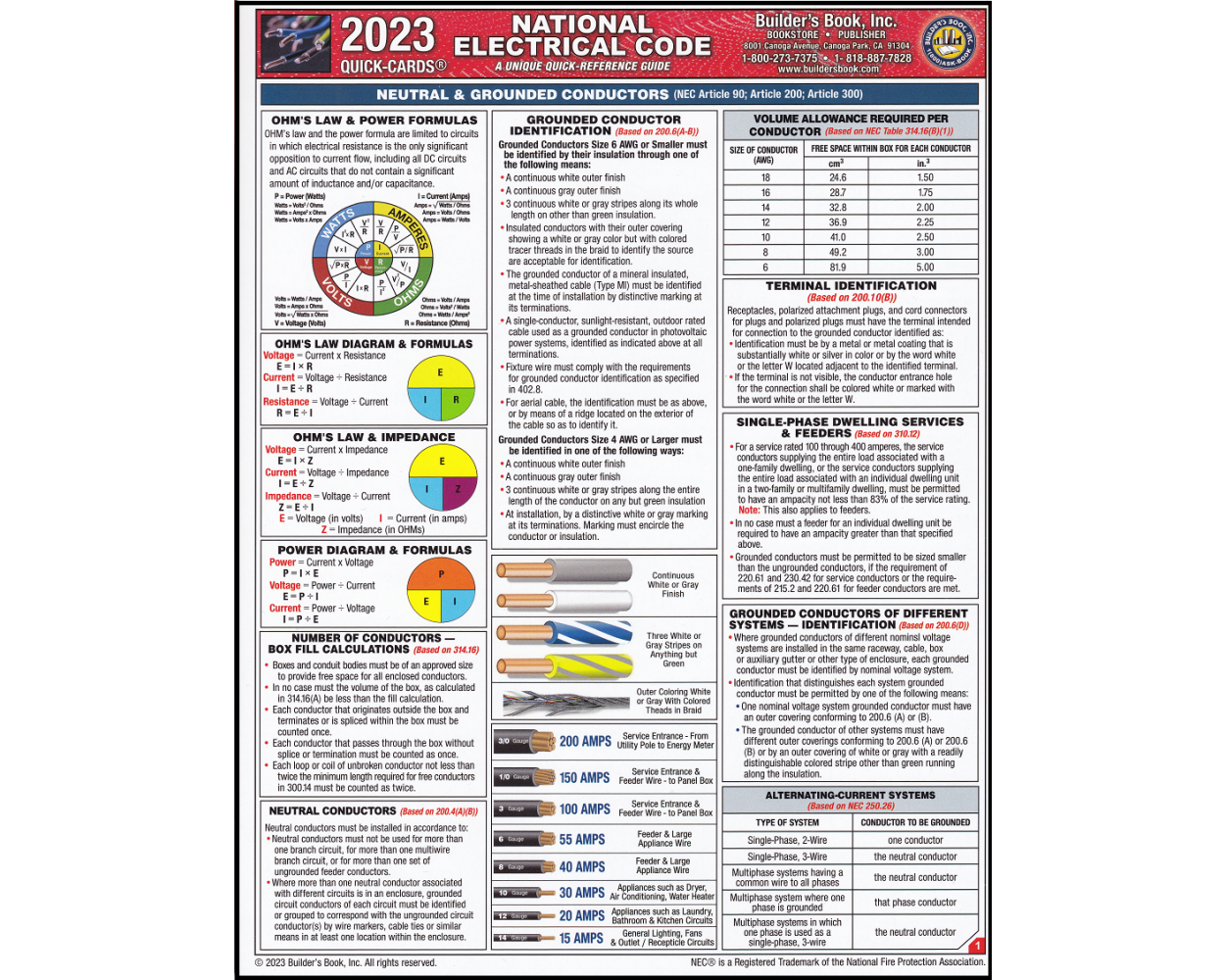🧮
Ohm’s Law & Real Power Relationships
- OhmV = I × R; I = V ÷ R; R = V ÷ I. Memorize the triangle; exams mix algebra steps.
- PowerP = V × I (W). With power factor: P(kW) = V × I × PF ÷ 1000 (1ϕ), or × √3 for 3ϕ.
- kVAS(kVA) = V × I ÷ 1000 (1ϕ), or V × I × √3 ÷ 1000 (3ϕ). kW = kVA × PF.
- EnergykWh = kW × hours. Utility billing ties to energy, not just power.
RULE OF THUMB
One Triangle, Many Answers
For exam speed: remember the V–I–R and P–V–I triangles. Derive the rest.
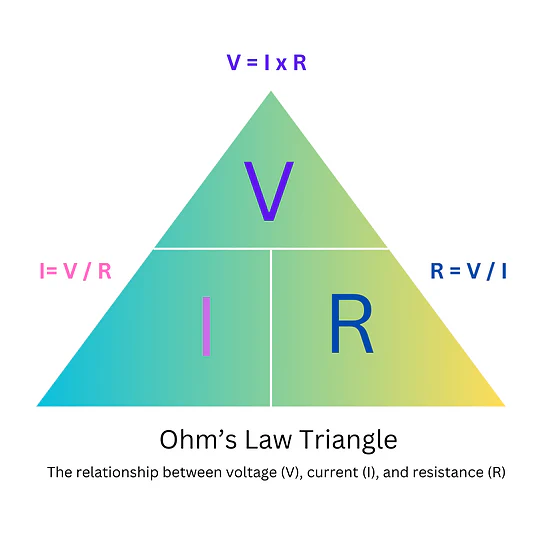
Cover one variable to get the formula.
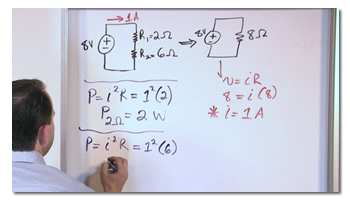
kW, kVA, PF—know how they relate.
